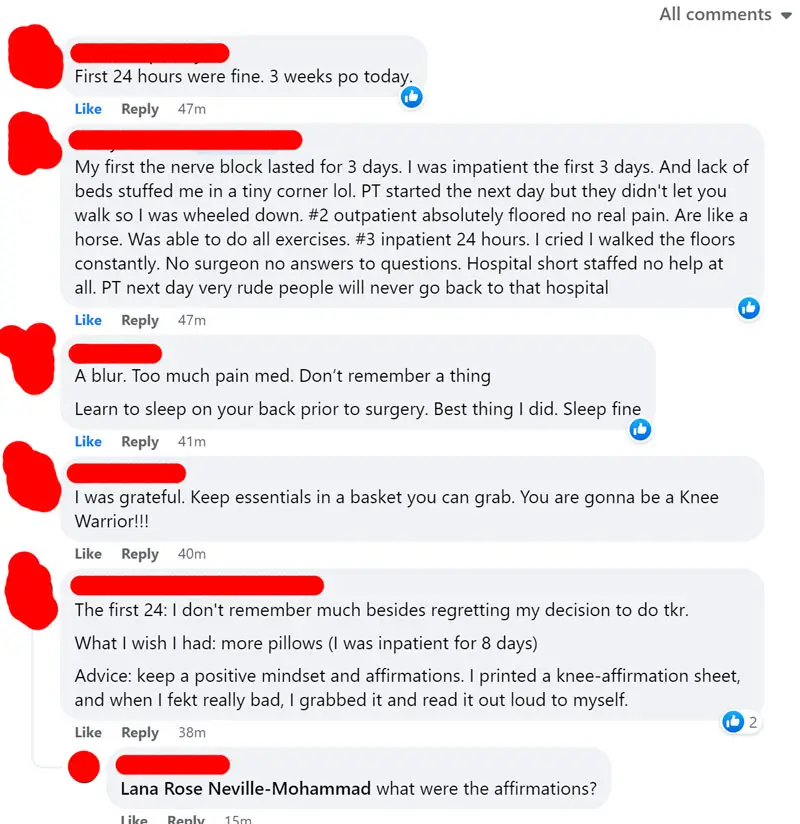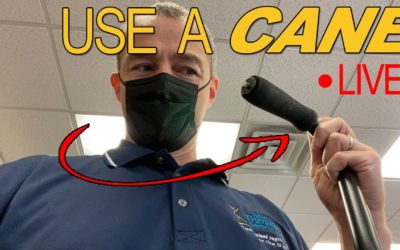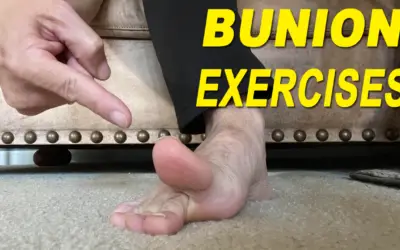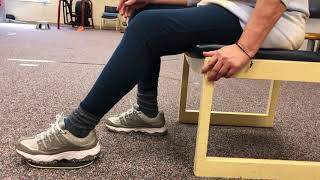What do I need at home after total knee replacement surgery? (Day of Surgery)
Your surgical team should have provided you with a comprehensive checklist of required items you will need for home after your total knee replacement surgery.
They will also provide you with information about medication timing and dosage. Be sure to have an emergency contact number for a 24-hour hotline because it is almost inevitable that you will have questions about medication in the middle of the night that require a nurse or doctor’s advice.
Day 1 Equipment:
- A walker
- Ice packs
- Hospital socks or slippers
- Water bottle with a lid and straw
- Cell phone and charger or some other way to call for help
- Medication
- Comfortable clothing
- Games, books, or puzzles to keep you busy
The first 24 hours after total knee replacement surgery.
Many of my patients will say the first 24 hours after total knee replacement surgery actually wasn’t as bad as the 3 days after surgery.
The local anesthesia is still intact and much of the first 24 hours is spent resting and kind of a haze.
It is the next 48 to 72 hours where the initial anesthesia is wearing off, the sleep deprivation is kicking in, constipation and discomfort are getting worse, and your physical therapist is expecting you to keep moving.
This is when having emotional support and people around you that you trust and like is essential.
In some cases, the 3-day mark is when your pain management plan might need to be modified. Some medications are ineffective for some patients in managing pain and a quick call to your surgical team may go a long way in making these few days more comfortable.
Home Exercises for Day 1 after Knee Surgery
The most commonly prescribed home exercise for the day of surgery include:
- Ankle Pumps
- Quad Sets
- Glute Sets
What do I need at home after total knee replacement surgery? (Week 1 thru 4)
After the first day of surgery, you will start to get an idea of where you are the most comfortable. Frequent trips to the bathroom are very common. The IV fluids are going to be working their way out of your body so expect to go to the bathroom every 2 to 3 hours.
This means you will want to be comfortable using your walker and getting up from the chair you may be sitting in. It is recommended that you do not spend more time in bed than is necessary to sleep or nap. Sitting upright in a chair and standing every 2 hours will help reduce your chances of blood clots and other complications.
The same equipment list as above will likely be enough for the first 4 weeks. Some patients will also want to purchase a cane in anticipation of when they are no longer using the walker but want a little extra stability.
What do I need at home after total knee replacement surgery? (Week 6 thru 9)
During weeks 6 thru 9 many patients will be finished using the walker and cane. 6 weeks is a common time to start driving again as well as progressing your total time walking.
Many patients have also finished icing around this time so rather than talking about what you need at home after total knee replacement surgery, this phase might be more about what you no longer need.
Some patients may consider buying a recumbent or upright stationary bike, an elliptical trainer, or some other form of cardio equipment.
I recorded the following video to help you choose the best bike for knee replacement recovery:
What do I need at home after total knee replacement surgery? (Week 10 thru 12)
Weeks 10 thru 12 are where it gets really exciting. While there are still around 20% of people who have had a total knee replacement and continue to feel the same pain or worse pain compared to prior to surgery, that means 80% are better in some capacity.
This is the phase in which it is recommended that you buy new shoes because your old shoes were broken in for the alignment of your old knee.
You might also consider buying some new clothes or athletic wear to keep you motivated in your newly found workout routine.
Some patients decide to purchase a knee sleeve around this time because it may help reduce some sensitivity around the incision while keeping the edema in check.
I am a huge fan of the book Atomic Habits by James Clear and in this book, Mr. Clear shares motivation tips and strategies to help form new habits. A reward is a major driver of new habit formation. I recommend all of my patients take advantage of this and reward themself for weekly accomplishments.
I asked members of my Facebook Group the following question:
“What were your first 24 hours after surgery like?
…
What do you wish you had?
…
What advice would you offer?”
And this is what they said:

Member 1: “First 24 hours were fine. 3 weeks po today.”
Member 2: “My first nerve block lasted for 3 days. I was impatient the first 3 days. And lack of beds stuffed me in a tiny corner lol. PT started the next day but they didn’t let me walk so I was wheeled down. #2 outpatient absolutely floored no real pain. Are like a horse. Was able to do all exercises. #3 inpatient 24 hours. I cried I walked the floors constantly. No surgeon no answers to questions. The hospital short staffed with no help at all. PT next day very rude people will never go back to that hospital”
Member 3: “A blur. Too much pain med. Don’t remember a thing. Learn to sleep on your back prior to surgery. Best thing I did. Sleep fine.”
Member 4: “I was grateful. Keep essentials in a basket you can grab. You are gonna be a Knee Warrior!!!”
Member 5: “The first 24: I don’t remember much besides regretting my decision to do tkr. What I wish I had: more pillows (I was inpatient for 8 days) Advice: keep a positive mindset and affirmations. I printed a knee-affirmation sheet, and when I felt really bad, I grabbed it and read it out loud to myself.”
More Blog Posts
How Painful Is A Total Knee Replacement
How long does the pain last after a knee replacement? * How bad is the pain after knee replacement surgery? * Why is a knee replacement so painful? * What helps pain after a total knee replacement?
2 Reasons why your knee replacement sounds like Velcro tearing!
The two reasons why your total knee replacement sounds like Velcro tearing when standing up from a chair or walking downstairs are because the underside of your patella is rubbing against the bottom of your femur or you are experiencing the sensation of scar tissue...
When can I switch from a walker to a cane?
Between 10 and 14 days after total knee replacement surgery, most patients have switched from a walker to a cane. Of course, some patients never use a cane and just progress from the walker to no assistive device after a couple of days, while other patients depend on...
When can I walk upstairs normally after TKR?
Article Updated: 09/02/2023Walking Upstairs Post-Op Throughout my extensive career as a physical therapist specializing in total knee replacements, I've observed a consistent pattern: the 10-week post-operative mark often serves as a significant milestone for...
Do Toe Spacers Help Bunions
Yes, toe spacers help bunions by mechanically realigning the great toe with the natural structure of the medial foot and arch. Toe spacers should initially be used for short periods of time, up to 20-minutes a day during the first week before increasing to several...
Heel Slides After Knee Surgery
"I would like to know when we can officially give up the darn heel slides and other stretch exercises, or do we need to continue forever?" Heel slides after knee surgery are just one of many exercises available to increase range of motion, reduce swelling, and regain...






